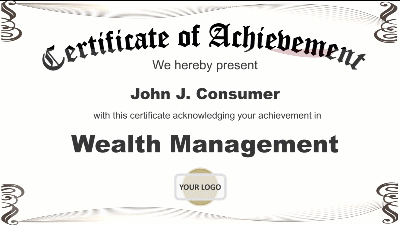- You construct a portfolio model to match your clients' risk tolerances.
- You choose investments wisely.
- You rebalance when appropriate.
- You choose high cost lots when selling from taxable accounts.
- You harvest tax losses when possible.
- You place income producing investments in IRAs.
- You place appreciating investments in taxable accounts.
In other words, you are a top-notch investment advisor because you seek to maximize your clients' returns (considering their risk tolerances) while minimizing their tax costs. So, how can this get you into trouble?
Allow me to share a recent experience. A client of a little over a year scheduled an appointment, bringing her CPA in tow. Thinking that this was my client's way of introducing me to a referral source, I happily welcomed them into my office. Imagine my surprise when I found myself confronted by rage!
The CPA had just completed my client's tax return. She angrily asked how my client lost money when the market had performed so well. At first, I was confused. Then, I realized that she had only seen the taxable transactions - capital losses and limited dividend income!
I painstakingly explained how the client's account was managed tax efficiently. Then, I brought out the performance report. By the end of the meeting, the CPA was not only impressed with the portfolio's performance, she was amazed by all that was done to decrease her client's tax burden. I was able to turn her into a fan - and the referral source I had originally hoped for.
Thus, the warning: Be sure that your clients - and their CPAs - understand the value you add with tax efficient management.
This Website Is For Financial Professionals Only


















